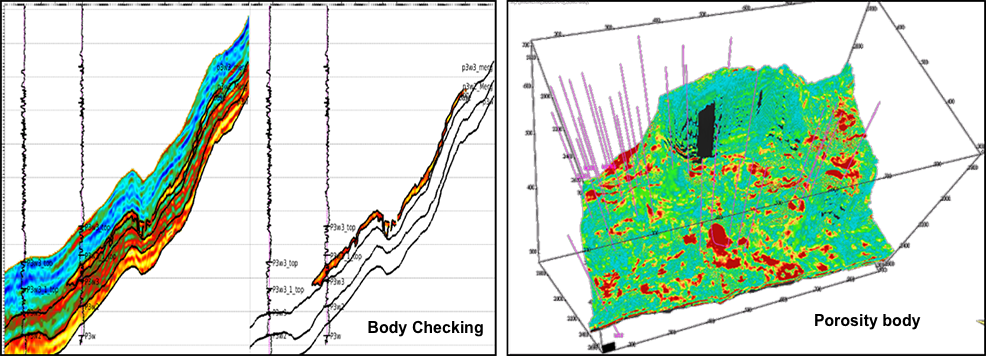Post-stack reservoir inversion characterization technique
The properties of amplitude, phase and frequency of the full stack seismic data mainly reflect the information of the reflective interface, and the properties of the reflective interface are used to interprete the lithology, physical properties and oil-bearing properties of the real underground formation. Even the most basic structural layer interpretation is also misjudged in some cases. Post-stack seismic inversion converts seismic reflection information into elastic information such as acoustic impedance of formations, from qualitative to quantitative, and interprete formations under the guidance of physical meaning, including tectonic amplitude, lithology, porosity and oil and gas content, so as to achieve quantitative and fine characterization of reservoirs.











